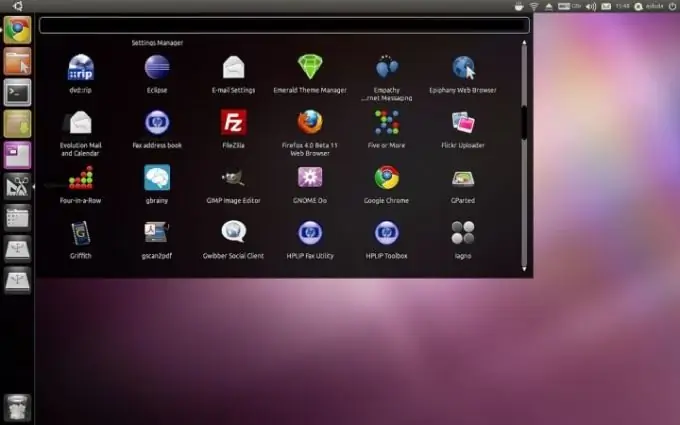Despite the many advantages of operating systems of the Windows family, more and more users are thinking about switching to Linux. The main reasons are the free distribution of distributions of this OS and its high reliability.

Necessary
hard disk space; - Acronis Disk Director program; - Linux distribution kit
Instructions
Step 1
In order not to have problems with loading operating systems, first Windows is installed on the computer and only then Linux. If you have two or more hard disks on your computer, Linux should be installed on a non-Windows disk - that is, on any free one. In a situation where there is only one disk, you need to split it into several partitions.
Step 2
Use Acronis Disk Director to partition the disk. Better to choose the version that runs from the CD, rather than from under Windows. When partitioning a disk with this program, all available data, including Windows files, will be saved on the C drive by default. Under Linux, it is recommended to allocate at least 20-30 GB of disk space.
Step 3
When the program splits the original C drive into two new ones - for example, C and D, the D drive must be removed, you will be left with unallocated disk space. It is on this that you will install Linux.
Step 4
Insert the Linux distribution into the DVD drive, select from the menu - usually the F12 button - start from CD. If necessary, start from CD can be set in the BIOS, but then do not forget to return the boot from the hard disk.
Step 5
Most Linux distributions boot graphically. You will be asked to select a country, language, time zone, then there will be an important point - the system will offer you to choose an installation option. Select the option to install to unallocated disk space, the installer will split it into the necessary partitions by itself. For an initial introduction to Linux, this is the best option. Later, having become better acquainted with this OS, you can partition the disk manually in the most convenient way.
Step 6
After choosing the installation option, the system will create the necessary partitions in the unallocated space and prompt you to choose a graphical shell, usually KDE or Gnome, and the necessary programs. In the latest versions of the Ubuntu distribution, Unity comes instead of Gnome. You can choose two shells at once, this will allow you to easily select the one you need when you boot your computer.
Step 7
After copying the distribution files, you may be asked to choose a boot loader, usually Grub. After installation is complete, remove the CD from the drive and restart your computer.
Step 8
Immediately after rebooting, you will see a menu in which Linux and Windows will be present, you can choose any OS. Linux will boot by default, but this order can be changed in the new OS settings.






